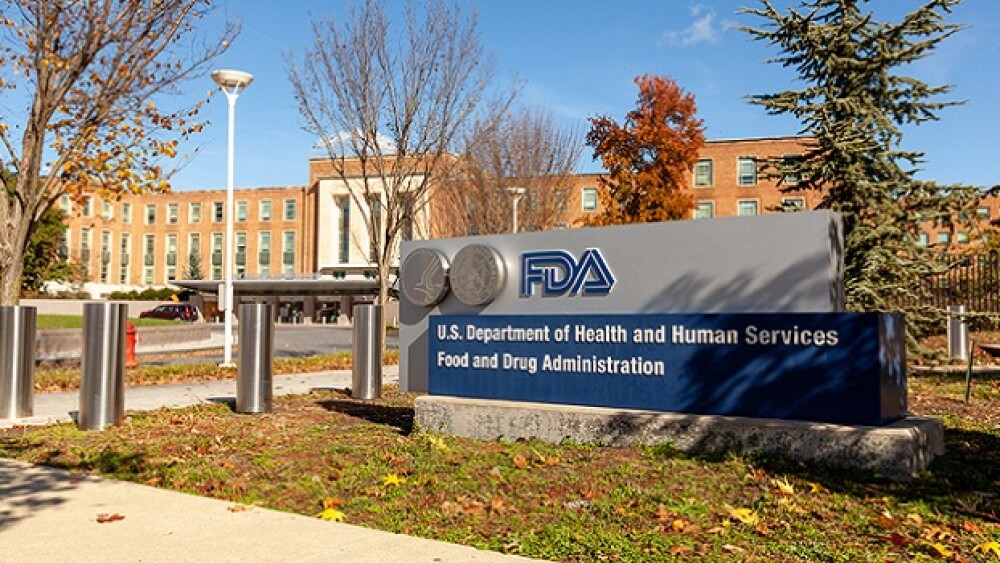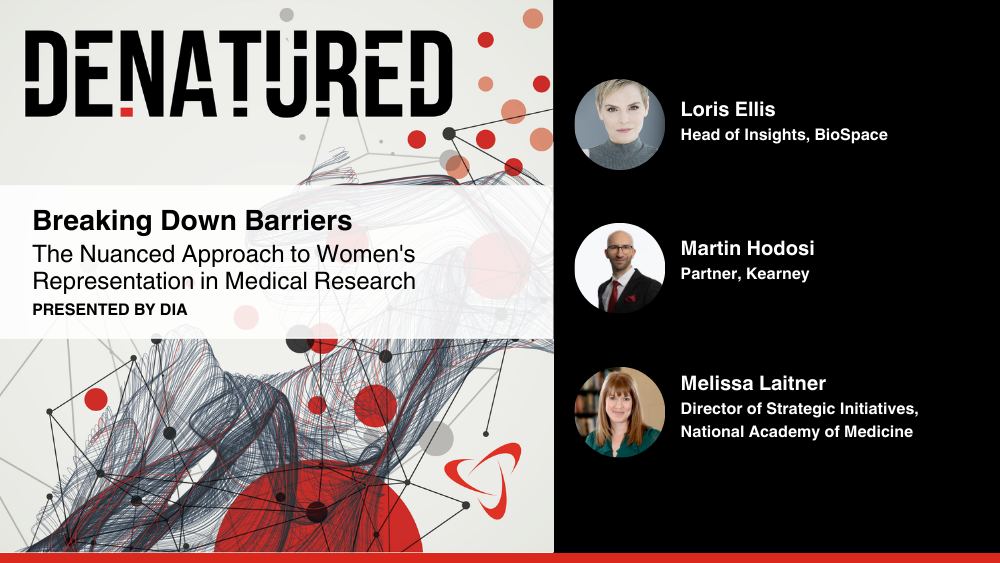From revenue to R&D investment, Novo and Lilly and their mega-blockbuster weight loss drugs Zepbound and Wegovy have moved into a new pharma stratosphere, far eclipsing their rivals.
Eli Lilly’s and Novo Nordisk’s weight loss blockbusters have put them so far ahead of the competition that experts say it’s best to exclude them from calculations to properly assess the health of the industry. Meanwhile, the two companies are locked in an all-out battle for market dominance.
In a recent analysis, William Blair predicted that revenue among the top 15 pharmas will increase 6.1% in 2025. This is a great forecast—more than double the 2.7% compound annual growth rate in the five years leading up to the pandemic—but when you take out Lilly and Novo, the number falls to what the firm called a more modest 3.7%. That’s because Lilly and Novo are expecting double-digit growth of 27.9% and 20.3%, respectively, this year thanks to their in-demand weight loss drugs Zepbound and Wegovy.
In addition to skewing the data on overall revenue growth, Lilly and Novo are going to drive overall drug sales for the top pharmas. Citing data from Evaluate Pharma, William Blair said that total drug sales are expected to top a trillion dollars in the near future, rising from $944 billion in 2024 to $1,383 billion in 2029. Novo and Lilly’s collective share of those sales will grow from 15% to 19% over that period.
Pfizer, AbbVie and others are feverishly trying to catch up with these two industry leaders in the weight loss space, estimated to reach $131 billion globally by 2028, according to IQVIA estimates. But it will be years before another company is in a position to shoot for third place. As for the race between Novo and Lilly, some experts say Zepbound is the better drug, and yet the Indianapolis pharma is still markedly trailing its Danish rival with its first-mover advantage.
With the growth of these two medications, Lilly and Novo’s market caps have risen dramatically, overtaking longtime industry leader Johnson & Johnson. Lilly is currently worth $784.62 billion, although tirzepatide, the medicine in Zepbound, is not the only reason. The company also recently launched the second ever disease-modifying Alzheimer’s disease medication Kisunla. Novo, meanwhile, has a current market cap of $387.39 billion, a drop from $654.39 billion in July 2024. The Danish company saw a slow decline through the fall fueled by concerns about its pipeline, particularly after disappointing results for its next-in-line weight loss medicine CagriSema.
Both companies are recycling their sales back into the pipeline to find future blockbusters, particularly in obesity. The two are expected to boost R&D spending by 16.8% and 8.7%, respectively, in 2025. Across the top 15 pharmas, R&D spending in general has accelerated, with a 9.7% increase in 2024 over 2023. That is expected to slow to about 3.6% growth this year, with a sizable chunk attributed to Lilly and Novo.
From sales to spending, Novo and Lilly have raised the bar for Big Pharma, and for now, no other company appears prepared to catch them. According to William Blair, these two juggernauts are expected to lead the industry through the end of the decade.






